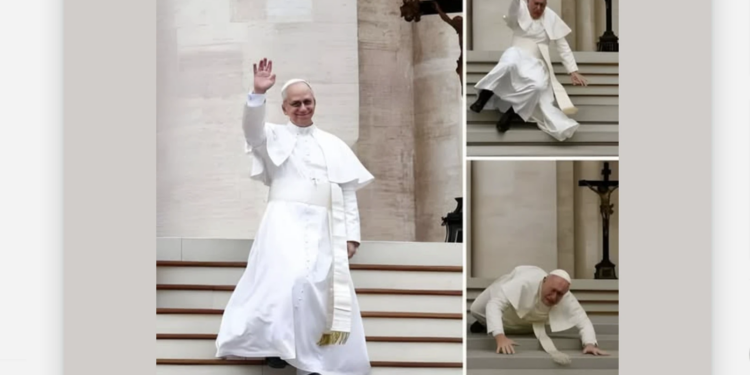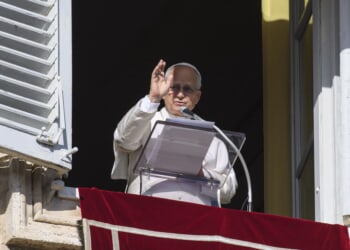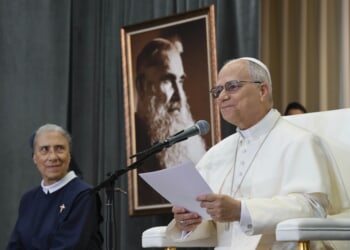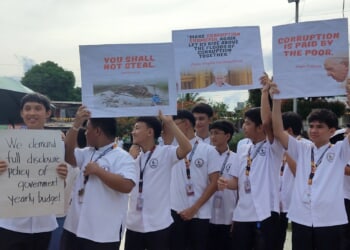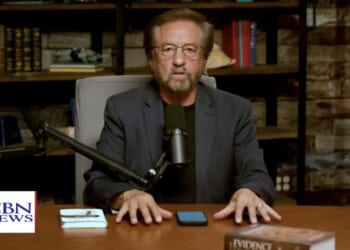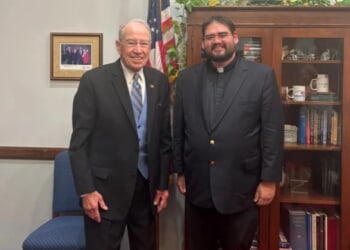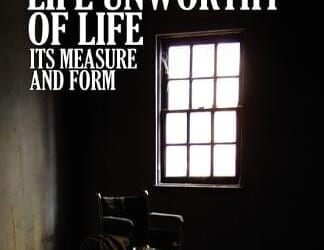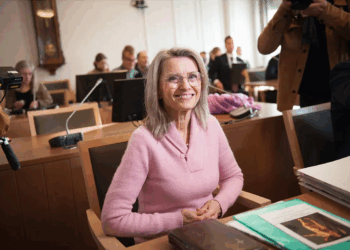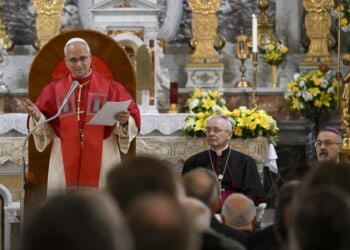Vatican City, Sep 25, 2025 /
09:57 am
Did you hear what Pope Leo XIV said about Charlie Kirk or President Donald Trump? What about his thoughts on the Rapture or whether it’s OK to be cremated?
These are just a few of the topics the pontiff has appeared to speak about at length in videos popping up every day on social media. The problem is the videos are not real, and the Vatican is struggling to fight their spread.
The Vatican’s communications team said it has reported hundreds of accounts, mostly on YouTube, posting fake, AI-created videos — called deepfakes — of Pope Leo since the start of his pontificate. But it’s an uphill battle with new accounts, videos, and images appearing as quickly as others are removed.
“We are witnessing the exponential proliferation of a series of YouTube channels with fake videos, all similar to one another, some speaking in the voice of Leo XIV, others in that of his translators, still others in the third person. All use artificial intelligence to make the pope say things he never said,” the Dicastery for Communication said in a statement to CNA.
A search for “Pope Leo” on YouTube turned up dozens of fake videos of the Holy Father purportedly making statements that range from the plausible, such as reflections on the Eucharist, to the unlikely, such as the announcement of his resignation.
Most of the videos have received no more than a few hundred views, but some of the deepfakes have started to go viral. A 25-minute video claiming the pope has broken his silence on Charlie Kirk’s murder garnered over 445,000 views in the first seven days after it was posted.
One of the first fake videos to go viral after Leo’s election appeared to show the pope reading a statement denouncing colonialism and praising Burkina Faso’s interim president, Captain Ibrahim Traoré, a military leader who came to power in a 2022 coup. CNA and the official Vatican News outlet ran fact-checking articles to warn readers about the false information. The 36-minute video, posted shortly after the pope’s election in May, received at least a million views before YouTube terminated the account that posted it.

Deepfake
The term “deepfake,” coined less than a decade ago, refers to videos, photos, or audio recordings altered to show people doing or saying things they have never said or done.
Leo, of course, is not the first pope to have his likeness altered in videos. In 2015, the TV host Ellen Degeneres shared a video on her show of Pope Francis pulling a white cloth out from under the candles on an altar. A still image of Francis sporting a longline white puffer coat went viral in 2023.
With technology quickly advancing to produce ever more realistic images, innocent viewers can be forgiven for mistaking fiction for fact.
Pope Leo himself recently noted an example of such confusion. In an interview with journalist Elise Ann Allen, the pope recalled his surprise when an acquaintance asked him with concern if he was all right. AI-generated photographs of the pope appearing to fall down a flight of stairs outside St. Peter’s Basilica had circulated on the internet in June. The images, which caught the attention of the fact-checking website Snopes, were “so good that they thought it was me,” Leo said.
The Vatican’s communications team warned about the proliferation of deepfakes in its monthly email newsletter in August and invited readers to report suspicious posts and videos to the dicastery.
“Unfortunately, our dicastery receives dozens of reports every day about fake accounts that use the pope’s image and voice in a very realistic way, increasingly using artificial intelligence to make the pope say words he never uttered, to portray him in situations he never actually found himself in,” the newsletter said.
“Much of our time is spent reporting, silencing, and requesting the removal of these accounts,” the message continued. “Given the sheer volume of fake material, it is impossible to publicly refute each and every one of them.”
(Story continues below)
Subscribe to our daily newsletter
The dicastery’s statement to CNA said that the Vatican is not only reporting fake accounts to their platforms but also is “working to raise our audience’s awareness of this new phenomenon. We believe it is essential to invest in media literacy.”
The Vatican also reminded readers to rely on official sources, such as the Vatican’s own websites, to check quotes: “If it is not there, it is most probably a fake.”

